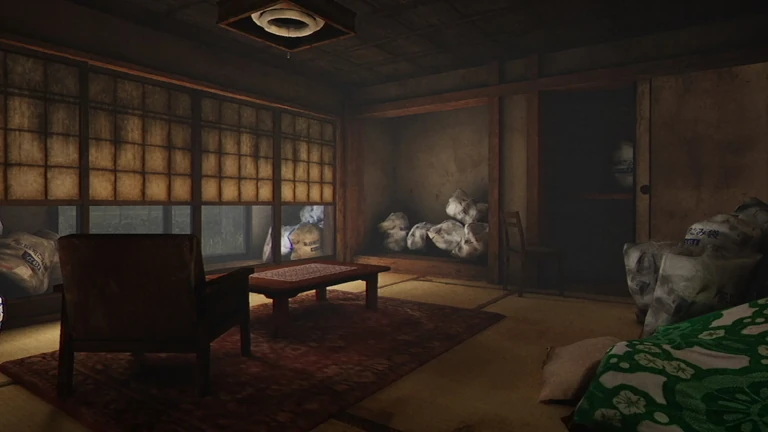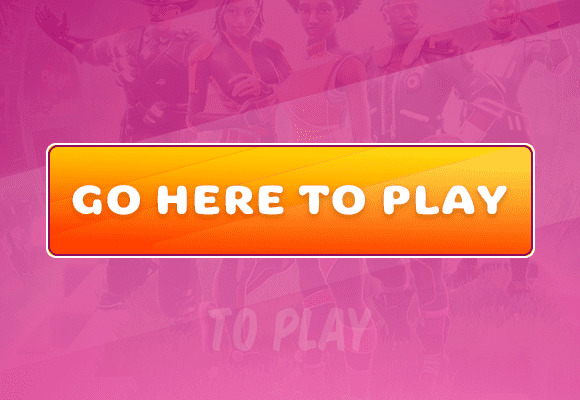

Gorilla Tag
Gorilla Tag is a VR multiplayer game that removes traditional mechanics in favor of full physical immersion. Players become gorillas with no legs, using only their arms to run, jump, and climb through different environments. This control method eliminates joysticks and buttons, encouraging players to move their real bodies to navigate the virtual world. As simple as it sounds, this change turns a game of tag into a highly engaging and unpredictable experience where movement is everything. The physicality creates a unique sense of presence, and the lack of complex rules makes it easy for anyone to jump in and start playing.
Similiar games
Gorilla Tag is a VR multiplayer game that removes traditional mechanics in favor of full physical immersion. Players become gorillas with no legs, using only their arms to run, jump, and climb through different environments. This control method eliminates joysticks and buttons, encouraging players to move their real bodies to navigate the virtual world. As simple as it sounds, this change turns a game of tag into a highly engaging and unpredictable experience where movement is everything. The physicality creates a unique sense of presence, and the lack of complex rules makes it easy for anyone to jump in and start playing.
Physical Control And Fast-Paced Action
What sets Gorilla Tag apart from most VR titles is its approach to locomotion. Every motion—whether it’s sprinting across the ground or scaling a wall—is done using real-life swinging and pushing motions with your arms. This means speed, direction, and momentum are determined by how well players move in physical space. There’s no artificial assistance or guidance system. Learning how to corner quickly, bounce off trees, or surprise other players mid-chase becomes a matter of skill and physical adaptation. Players who master the game’s physics can move with remarkable speed and precision, making the chase both thrilling and challenging.
Key Features That Shape Gorilla Tag
· Physics-based locomotion that relies on arm movement only
· Multiplayer lobbies with public and private room options
· Multiple maps, including forest, canyon, city, and caves
· Game modes like classic tag, infection, paintbrawl, and hunt
· Cosmetic items that allow for light personalization and style
Each of these features contributes to an evolving gameplay loop that thrives on player creativity, physical expression, and social interaction.
Community-Driven Evolution
Gorilla Tag has grown significantly since its release, largely due to its passionate player base. Community members regularly organize events, tournaments, and challenges, many of which spread through word of mouth or in-game interaction. Proximity voice chat helps maintain a natural flow of conversation during matches, whether players are coordinating a tag or just talking casually between games. Mods and fan-made content have also extended the game’s reach, even though the core design remains intentionally minimal. The developers continue to support the game with map updates, bug fixes, and seasonal content that keeps players engaged over time.
Gorilla Tag stands out in the VR space not because of complicated systems or visuals, but because of how it uses simplicity to its advantage. It offers a playground where motion is freedom and where the game’s design stays out of the way of player expression. Whether you’re learning to move more efficiently, building skills in competitive matches, or just having fun climbing trees with friends, Gorilla Tag makes the most of virtual reality by letting movement speak for itself. The result is a raw, energetic, and endlessly replayable experience.
Discuss Gorilla Tag



















